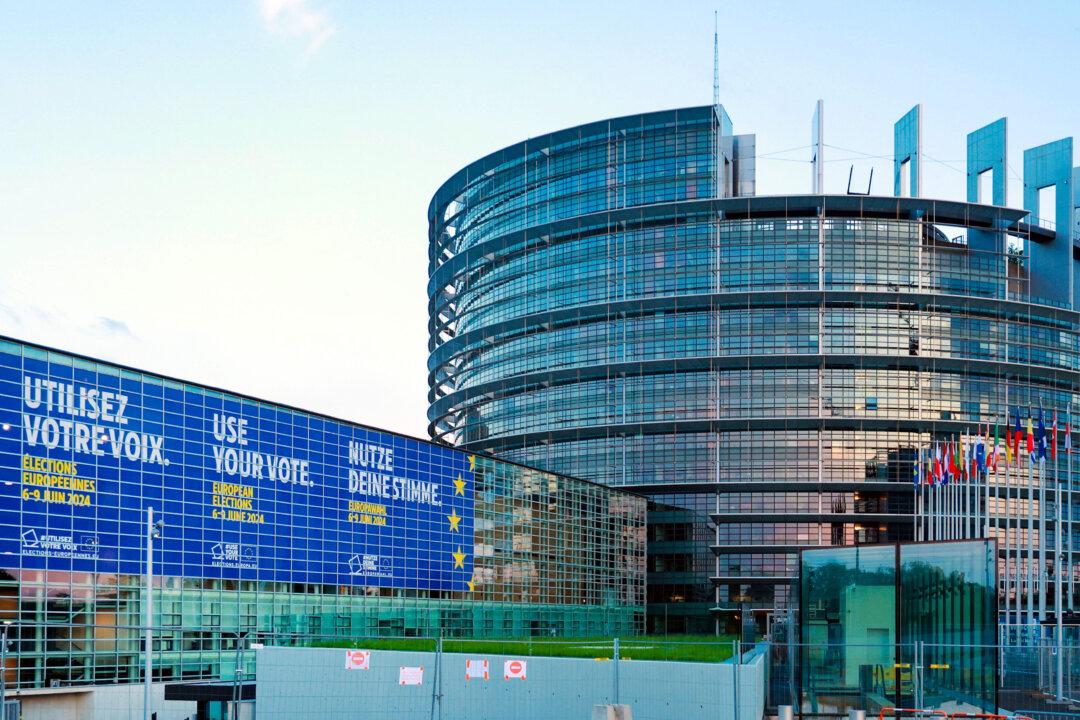Potential illegal immigrants watch U.S. policy changes and will not risk embarking on a dangerous and expensive trip if they will not be able to stay in the United States or be detained and deported, experts say.
Policies that allow migrants to cross the border and stay long term inside the United States will encourage them to undertake a hazardous journey, even if it makes them indebted to smugglers, said Todd Bensman, senior national security fellow at the Center for Immigration Studies.




